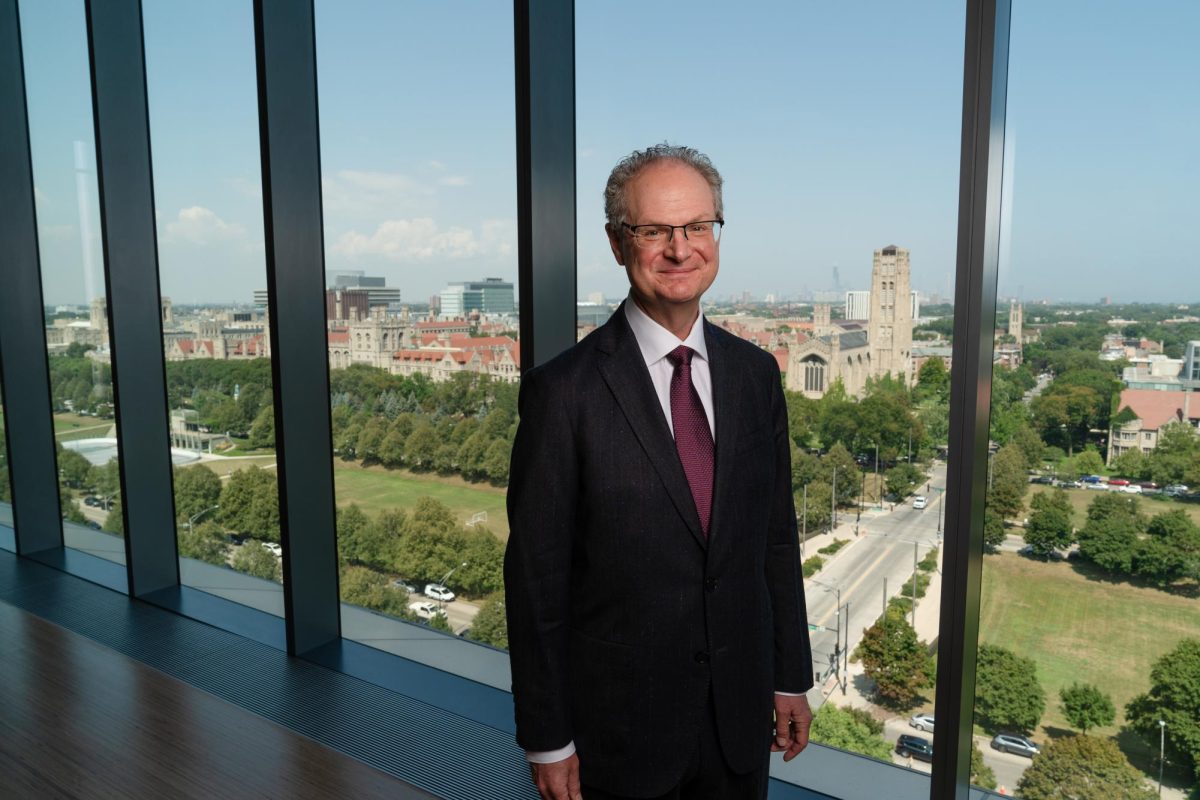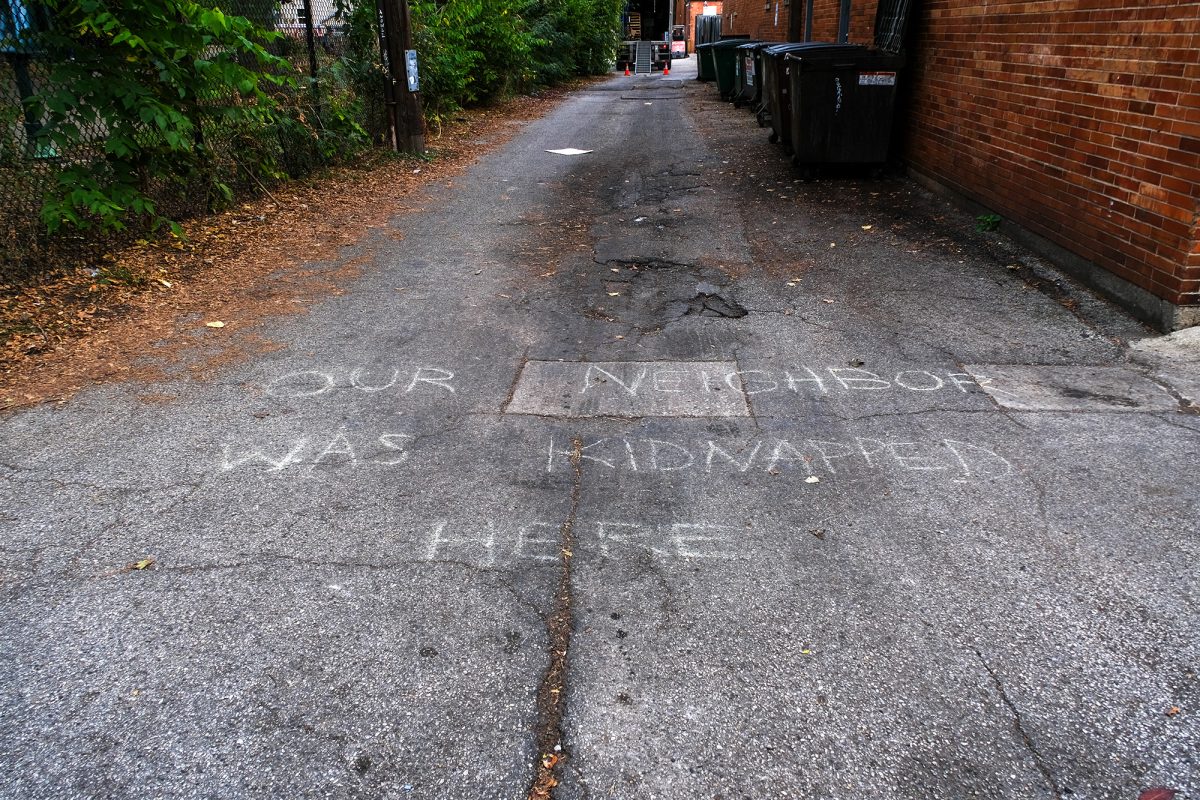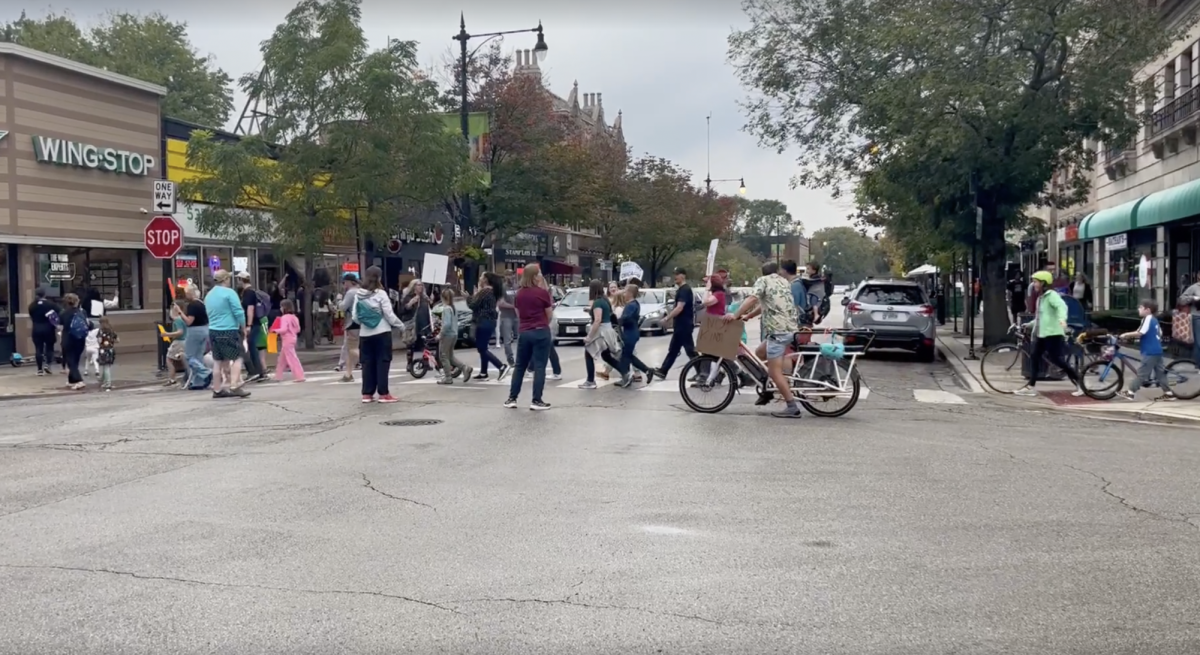What do a shanty on the Midway, a radio telescope and a GBLTQ conference have in common? For one thing, they’re Uncommon.
Student Government’s Uncommon Fund Committee announced Thursday 12 projects that will receive more than $40,000 after deliberations on 55 submissions. The fund, in its third ayear, aims to fund innovative projects by individuals or campus groups.
The winning applications included the reconstruction of the first building on campus, a bike sharing program, a queer conference, equipment for a cappella groups, installation of window decals to prevent the deaths of migratory birds, and a mural focusing on minority groups.
The committee awarded $1,000 for the reconstruction of the Shanty, the first building erected after campus grounds were donated for the construction of a university in 1892. The building served as a refreshment stand during the World’s Columbian Exhibition and was used as a diner and a student hangout before its demolition in 1912. A student tradition of serving tea in a Shanty replica lasted until the 1930s, according to first-year Andrew Wong, co-submitter of the proposal.
“It used to be a big thing, and it kind of disappeared,” Wong said. “We decided it would be really awesome to bring it back.”
Money was also granted for a proposed Chicago-wide queer conference featuring sex toy production workshops, a zine, art festivals, music jams and an emphasis on networking. The goal is to create a comfortable space which will attract people from other campuses in Chicago, according to third-year Iah Pillsbury, one of the conference’s proponents.
“We went to the Midwestern BLGTAC Conference, and it sucked and it was in Bloomington, IN,” Pillsbury said. “We were just really bored with it and we were like, ‘Oh, we should make our own.’”
The Ryerson Astronomical Society (RAS) was given $1,000 out of a requested $1,500 to buy a radio telescope for the rooftop observatory, which is open to the public every Wednesday night. The new telescope, an addition to two telescopes the group already owns, would allow observation of unseen objects which emit radio waves.
“The sky might become a lot more interesting,” said third-year Joe Cottral, president of the society. “We’d be picking up radio waves from stars…Pulsars would be interesting because they emit radio waves in pulses.” The group is considering publishing images online for public use.
Second-year Will Vaughan, the RAS member who came up with the idea, enthusiastically mentioned the possibility of detecting extra-terrestrial life.
“We’re a little seriously looking for aliens, but not too seriously,” Vaughan said. “Like in Contact.” v








